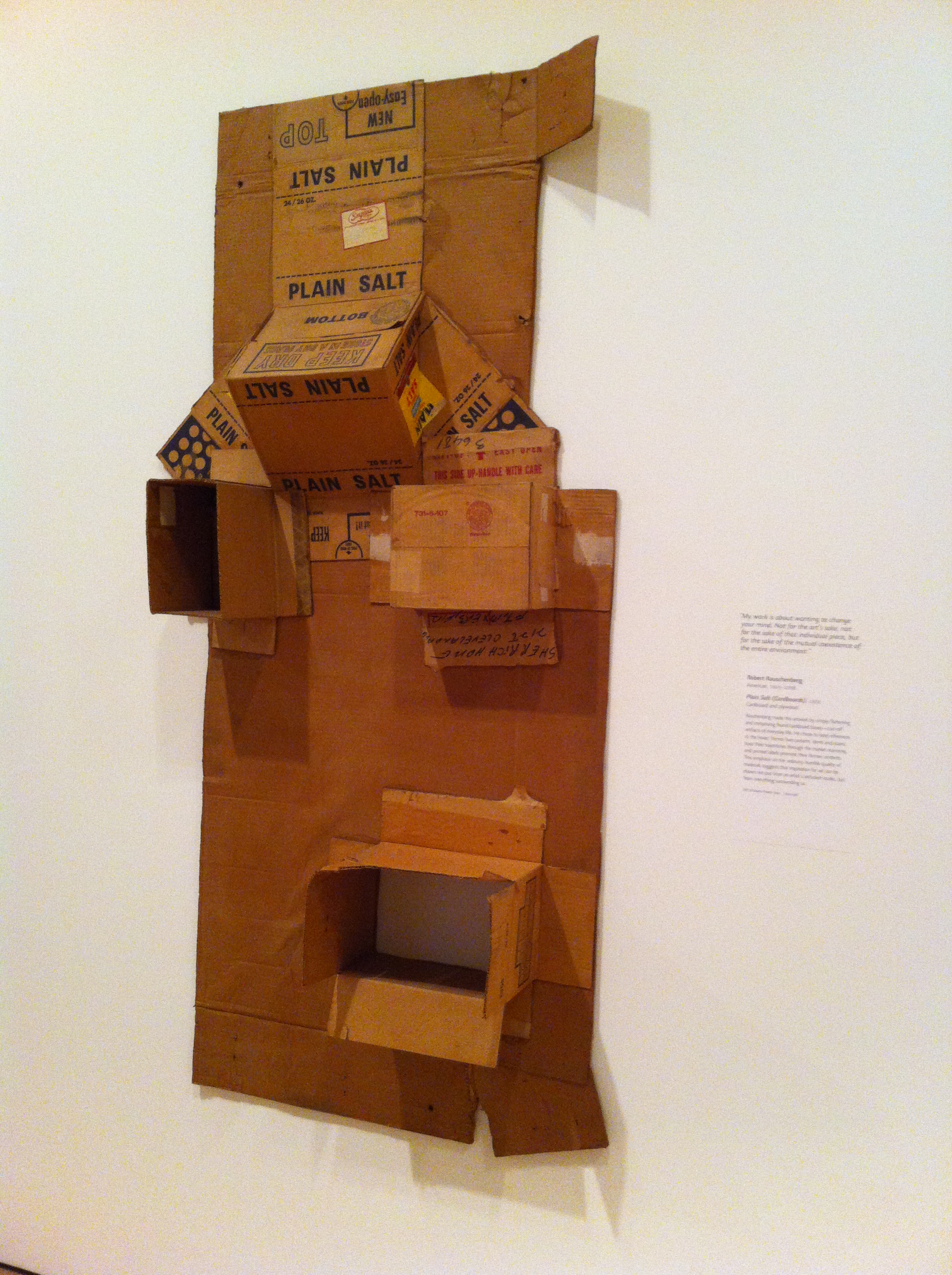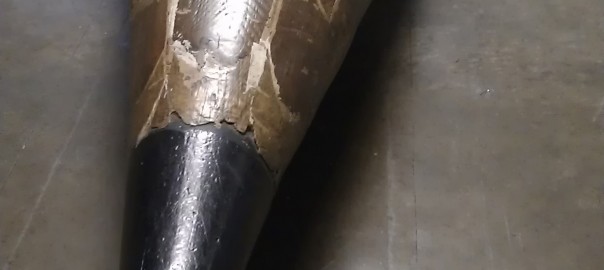 During one of the Global Jazz classes – Creativity in the arts – my perspective on music changed. Our teacher was Anthony Scibilia and during the course we would work with different visiting artists like Joe Lovano, Danilo Perez, John Patitucci. For this class we went to the museum of fine arts and studied art history. We talked about the different periods like the renaissance, romanticism, realism, impressionism, expressionism, contemporary, minimalism, deconstructionism and many more. Finally we had to choose an artwork and make a composition that fits the work.
During one of the Global Jazz classes – Creativity in the arts – my perspective on music changed. Our teacher was Anthony Scibilia and during the course we would work with different visiting artists like Joe Lovano, Danilo Perez, John Patitucci. For this class we went to the museum of fine arts and studied art history. We talked about the different periods like the renaissance, romanticism, realism, impressionism, expressionism, contemporary, minimalism, deconstructionism and many more. Finally we had to choose an artwork and make a composition that fits the work.
Starting to work with the paintings I learned a lot about myself. Staring with realizing how you can look at paintings. What are you feeling when you look at a work, and what do you see? What does somebody else see? How can you create a musical piece that really reflects the painting rather than your own view of the painting. This was a big challenge, I think for everybody. The first piece I chose to work on – Ravine by Van Gogh – seemed like a story, but in the beginning I chose just a couple of related scales and left the chord progression somewhat open. By choosing more chords I created more development. Also by choosing a less dramatic flavor of sounds and melodies the music started to reflect the painting better. When choosing different aspects of the painting like the little colored bushes, or the water, or the descending or ascending shape of the mountain there was more to work with. Furthermore I discovered different ways to use my voice. Unconventional, no lyrics using ooh or aah, trying to imitate shapes and forms with my voice. This was a challenge, and it took me out of my comfort zone. Also, in the second session, I brought some stones with me, and those to make additional sounds. Its interesting to think about new sounds I could use in my compositions using my environment. Even transcribing rhythms you can hear in nature like flowing water or blowing winds are super useful in this context.
My experience working with the pieces of the other students was interesting. Sometimes there were no directions for me of what to do, or how far to go with it. Even a couple of notes, but no dynamics or shape. Or sometimes it was just shapes to work with – like the Monet piece. I really liked the paintings of Pollock, where we tried to imitate the strokes of his brush/stick.
The final artwork I worked with was ‘Plain Salt’ by Rauschenberg. It’s a bunch of cardboard boxes, no symmetry, nothing charming about it. One box is upside down, one is open so you can see the wall, and one is turned to us with it’s corner. (See picture). I was thinking for a while what music I would write for it, and after some time I discovered that I wanted to use samples of cardboard boxes. So that’s what I did, no specific meter of speed, using my iPad loop station to store the samples. Then during the performance my band would join me and connect with the speed of the different samples and it would be an improvised bunch of boxes.
The result we had to play for Joe Lovano and Danilo Perez in an ‘open workshop’ where they gave us feedback on our creations. Joe Lovano’s magic comment was “I don’t feel Boxed” – he liked it! And we worked on how to make a better fit between the band and my mix of samples. Danilo really like the spontaneity of the composition cause it is really playful, just like the artwork.
You can hear the recording here. Hope you like it. But remember, its all about the process 🙂 …




